It is fascinating how earth’s creatures can produce such remarkable structures, and it is even more astounding when such a structure can create something valuable to us in everyday life. For instance, bees make perfectly hexagonal honeycombs, and the worker bees produce beeswax with an aromatic honey scent.
Usage Of Beeswax Throughout History
Ancient cultures used beeswax for a variety of purposes. For example, the Egyptians utilized beeswax for mummifying their pharaohs as well as preserving paintings. Also, the ancient Persians and Romans applied wax for embalming and death masks.
Why Do Bees Make Wax?
Those who have wondered how bees make wax will be surprised to learn that it’s a team effort! Bees huddle together to raise the cluster’s temperature to stimulate wax production by eating lots of honey and sugar syrup. The bees build their cells with beeswax, in which their young are raised and protected, and they store pollen and honey for the winter. Bees consume approximately ten pounds of honey each to produce one pound of beeswax comb. What a feast!
Benefits of Beeswax
The honeybee produces wax to line the honeycomb cells that house baby bees. The same qualities that make wax a good shield for little ones also make it an excellent ingredient for skincare products. Rather than forming a film, beeswax forms a network over the skin. As a result, moisture can be held in without clogging pores, protecting you from environmental elements. Beeswax contains antioxidants, which make it an ideal ingredient for anti-aging formulas.
Beeswax is considered a luxury ingredient in skincare products. It moisturizes the skin, and its ability to lock in moisture can help protect and repair rough, dry, or chapped skin. Beeswax softens, nourishes, and conditions hair while enhancing its luster.
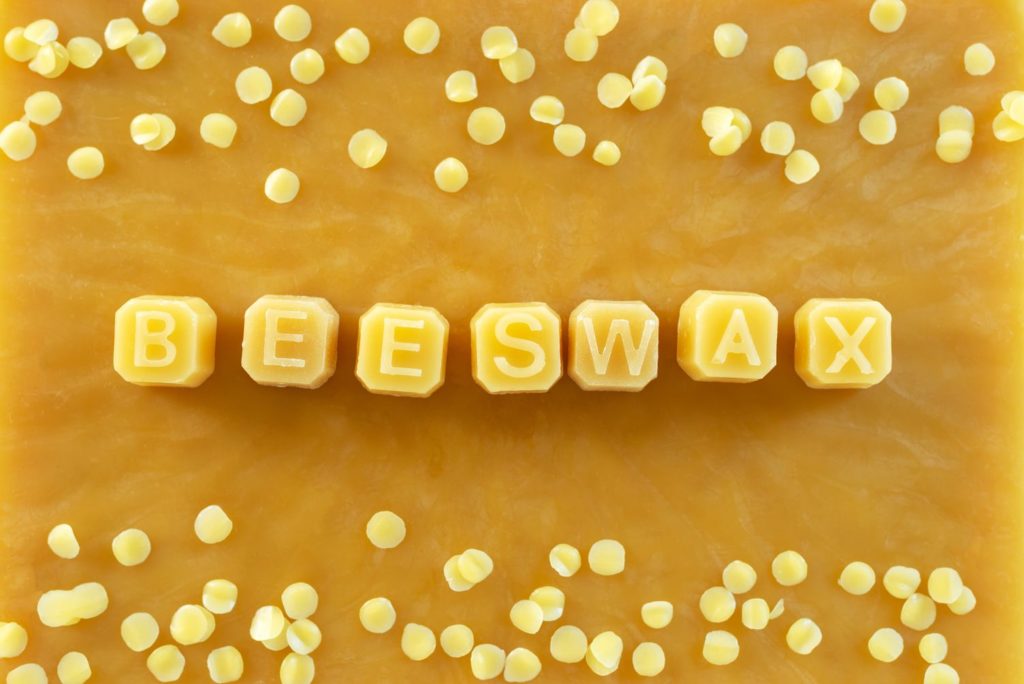
At Tamr Henna, we use beeswax in various products such as hand creams, deodorants and body butter to nourish, protect, and strengthen the skin. Glamourize your skin with a healthy glow!
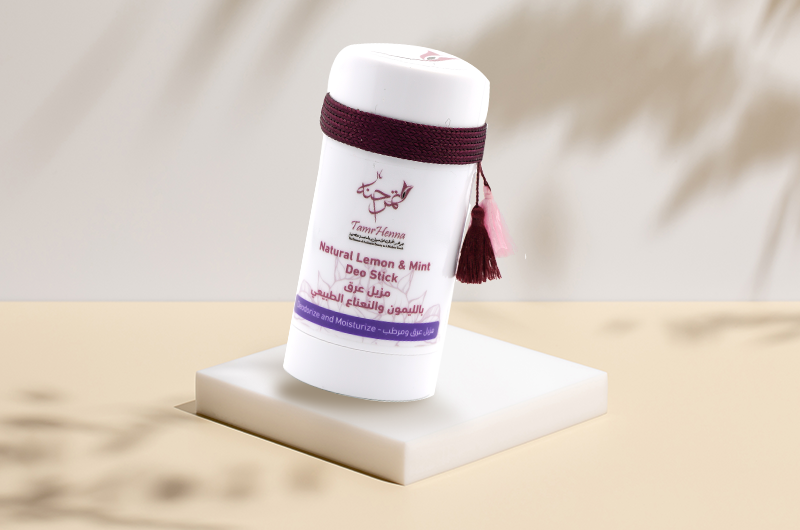


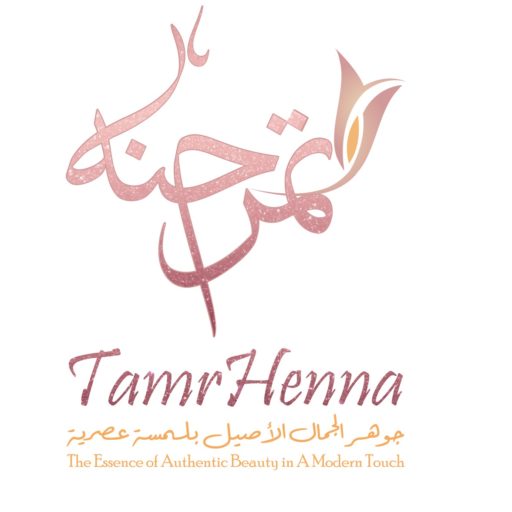
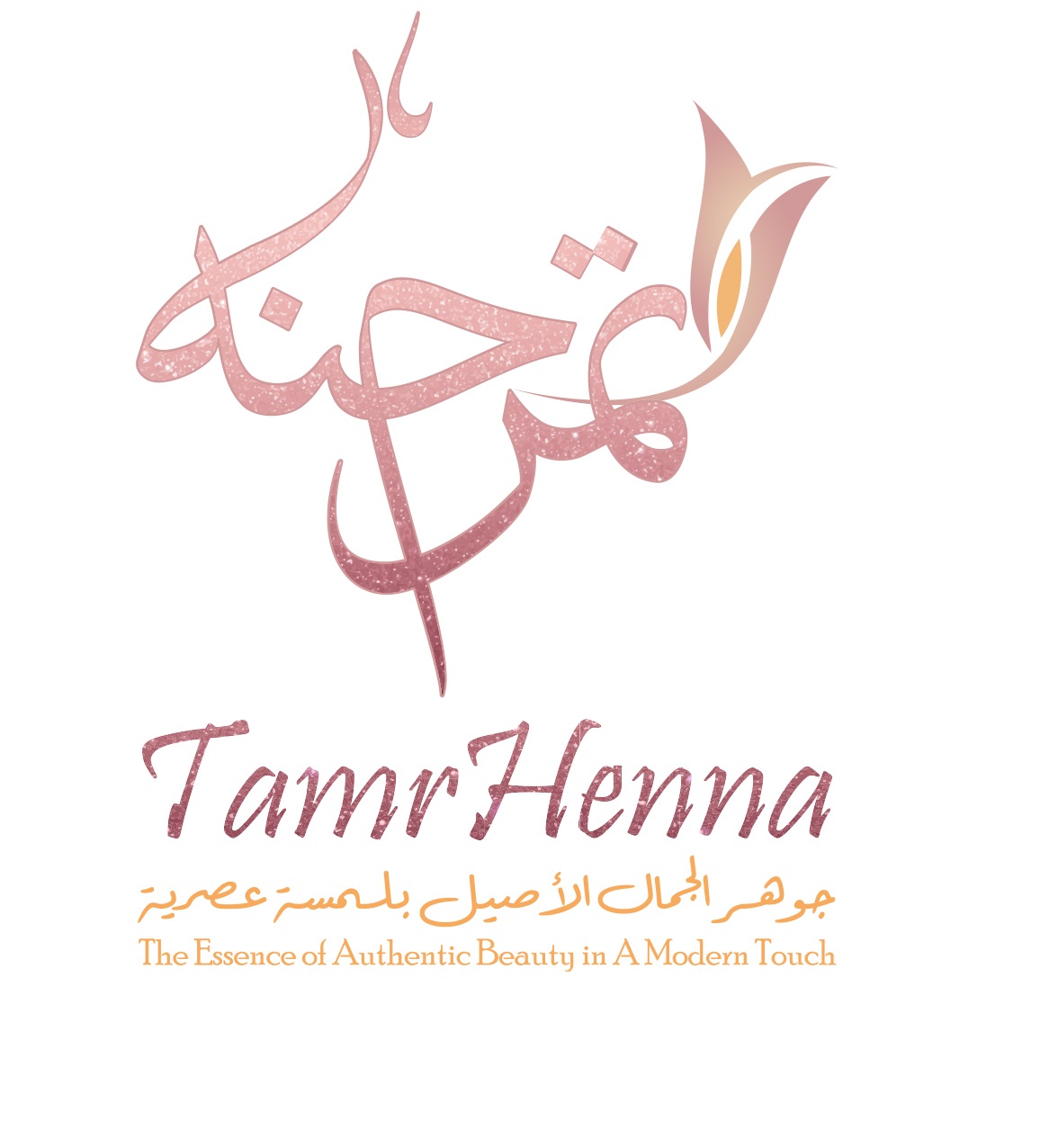
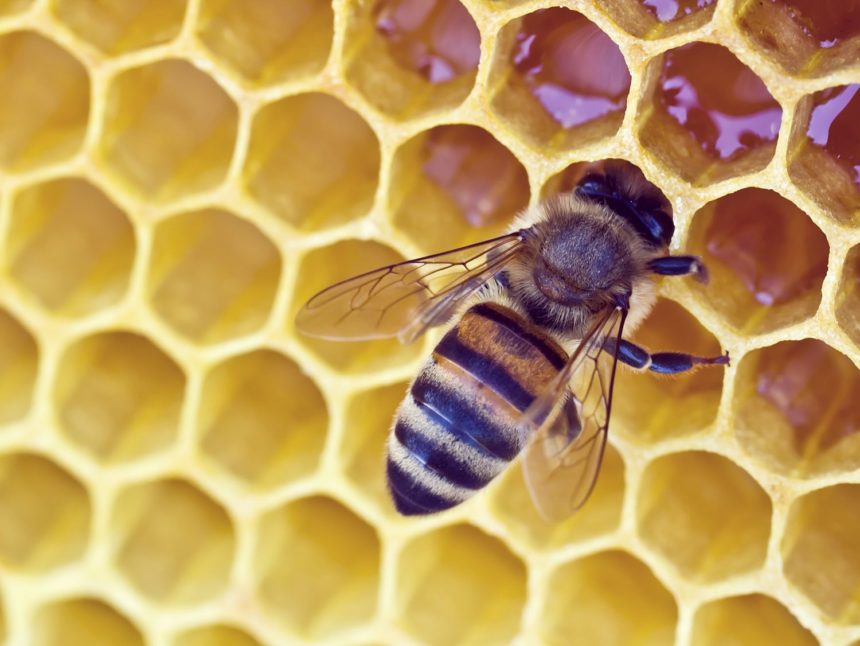
Leave a Reply